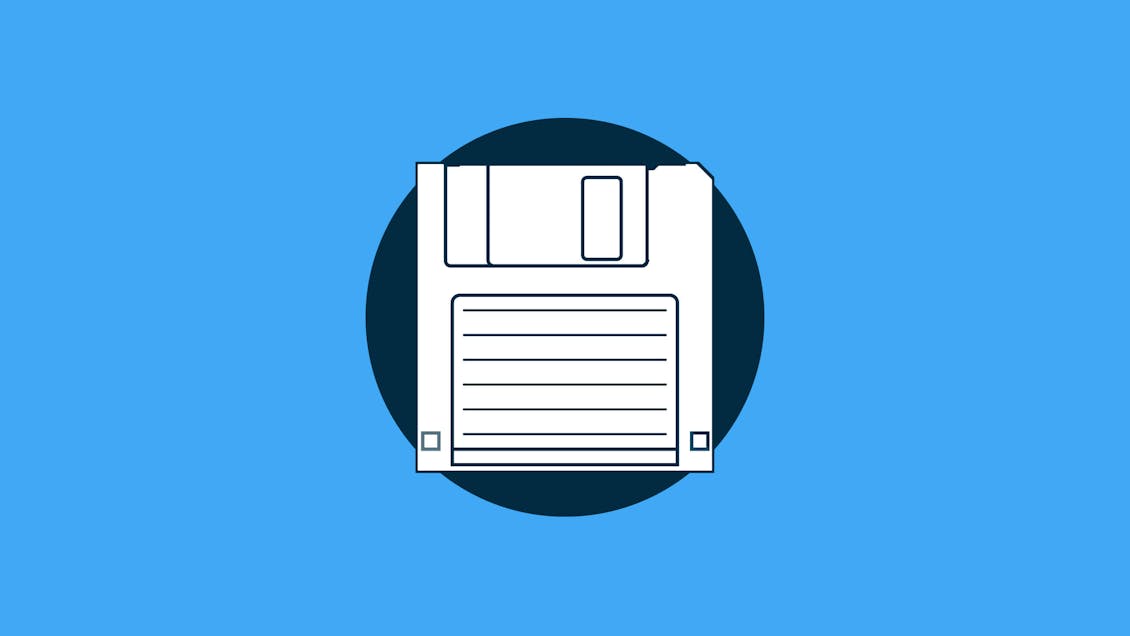Your user research is out of date. Let’s fix that.

Unless your research documentation constantly evolves, you're designing for the past.
Over the past few years, online dynamic real-time collaboration tools have completely transformed how we execute our user experience concepts and engage with our colleagues and clients. However, if we begin our projects with outdated artifacts — learnings and findings, user personas, user journeys, task analysis, etc. — then we risk using irrelevant inputs to inform critical design decisions.
If we truly value these deliverables and rely on them to provide better perspectives into our application design, then we need to redesign user experience research to be as dynamic and collaborative as our design tools have become. In order to achieve this, you will need to focus on a few things, including a design research repository, methods of continual user activity tracking, application analytics, and document systemization. By focusing on continual research optimization and the democratization of access to user research, you can create a system that focuses on designing for real-world scenarios rather than historical moments in time.
You need an active living repository
No user research system can exist without an accessible and comprehensive research repository. While there are numerous systems out there, it is also possible to develop your own. In general, you need to have a system that focuses on governance, and access, and is auditable. Governance will drive consistency in the methods, language, and processes to manage your repository. Higher-end governance enables features like check-in, check-out, or version control. (While beneficial, at larger organizations they are not required.)
"We are talking about providing access to all research to all people in an organization as a mandatory requirement. While the work and effort in the research are considered privileged, access to it should not."
Access means that everyone within the organization can view the user experience research at a minimum. Shared research is not a new concept, but in this scenario, we are talking about providing access to all research to all people in an organization as a mandatory requirement. While the work and effort in the research are considered privileged, access to it should not.
Ever-evolving research documentation such as a user research repository requires an audit trail (diligently maintained version notes and snapshots.) Even if you do not have a sophisticated tracking system there are low-tech low-budget ways to achieve a similar effect. You may also benefit from having a point person or team responsible for maintaining the research repository.
You need tools that can continually acquire user journey activity
Analytics tools are great and absolutely necessary, but they only tell part of the story. What you should also be focusing on is direct and indirect user research engagement. It’s hard to beat the value of a moderated user test with active users of your application (meeting with them, asking them questions, and observing how they perform tasks, etc.) This should be done on a continual basis and not just for new products or features.
In addition, you should supplement your data with indirect (or passive) user research. This method focuses on scale and anonymity to capture actual user engagement. This can come in the form of mouse tracking, eye tracking, click maps, etc. There are a number of tools that can be used, but most will potentially require a technical resource to deploy. Some should be deployable through a tag management system but you will need to check with your vendor of choice.
You need application analytics to support deeper learning
If you’re just looking at visits and clicks, you’re missing a deeper part of your customer’s journey — behavior and intent. Most site-side analytics systems have options for goal and or conversion tracking. For the purposes of driving ongoing user experience research, goals do not need to be full conversions. Goals, in this scenario, are any desired action a user takes: it could be as simple as a user hovering over a specific button. For applications that have back-office environments requiring authentication, you should also focus on detailed user tracking (e.g. authenticated user audit logs).
All of this data should be tied to, augment, and inform your research repository, your facilitated user research, and your passive research methods. Together this becomes a foundation for creating an environment that perpetuates end-user success through the methods of continual learning, continual optimization, and continual research. User experience research needs to be as dynamic and as integrated as design has become. We have long known the value of great design. Now we need to recognize and enable the value of great user research.

